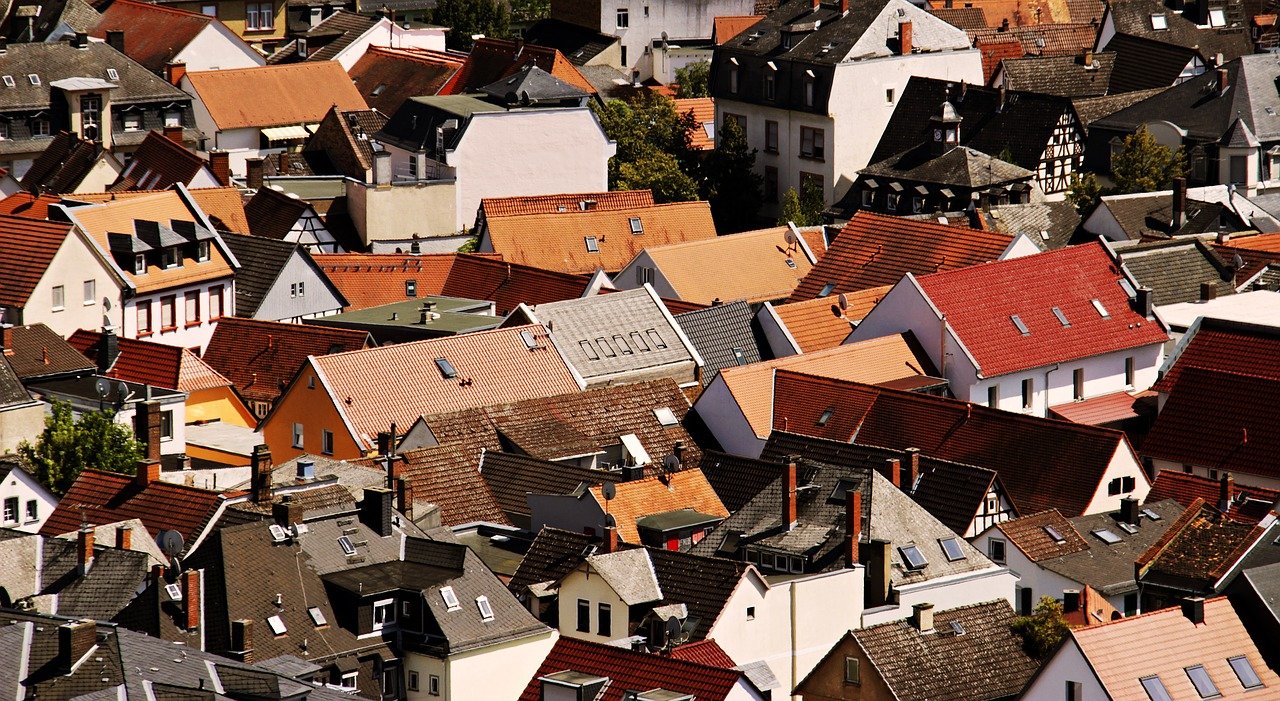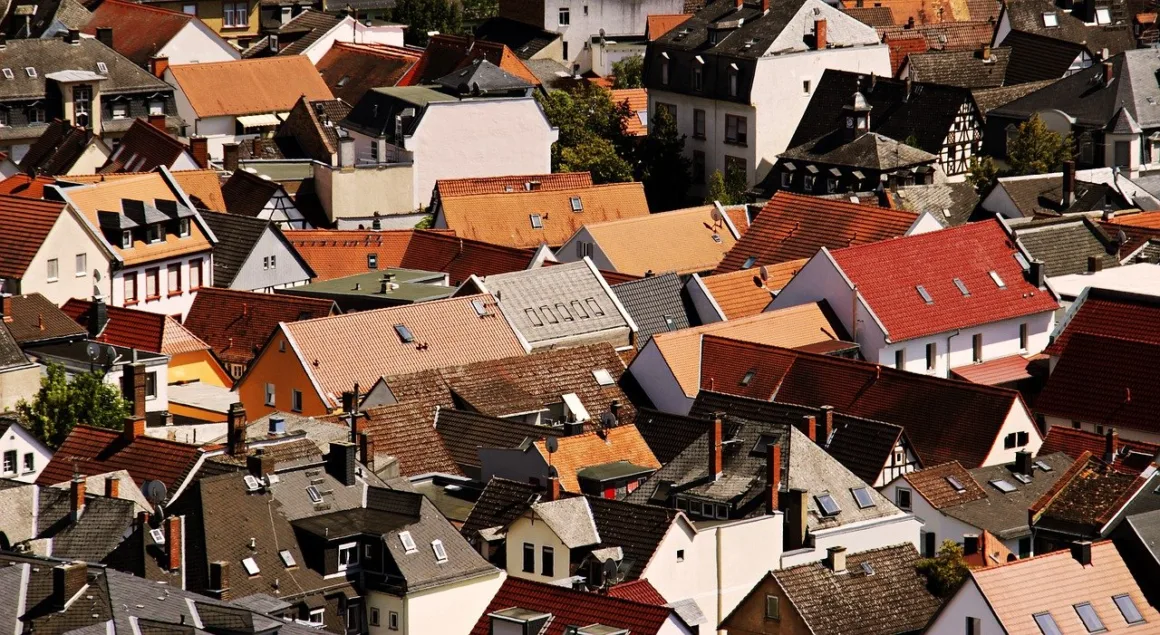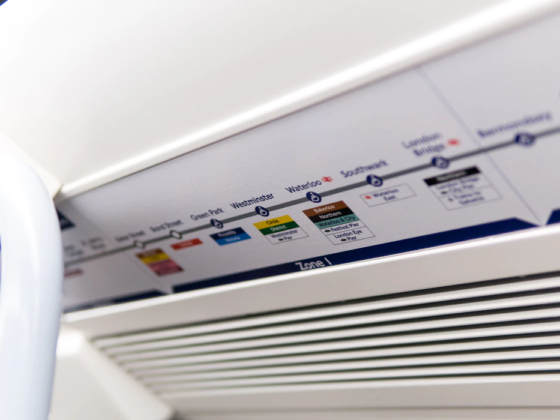Flat roofing has become a standard feature nowadays, especially with commercial buildings.
This is so because of their ease of access; suitability for air conditioning systems and they absorb sunlight much faster than traditional conventional roofs – this means they can increase the internal temperature of a building much quickly.

The liquid coating applied on flat roofs is a high performance, cold-applied, and acts as a seamless waterproof system designed for cladding, terraces, roofing, walkways, and balconies. Liquid systems are suited for new build and refurbished applications, including overlay, inverted roof, warm roof, and walkway situations.
Read Also :
Please read our guide carefully as we look more into liquid flat roofing systems.
Best for Repair
What happens if an existing membrane has failed? A single-ply membrane, this means you can apply the use of liquid roofing systems overlay, which is a cost-effective solution.
Its bonding characteristics make it much more durable and reliable. In both refurbishment and repair projects, access can often be a problem. Liquid systems also work well with projects where you may experience difficulties getting power to the roof or limited or no available storage.
The contractor only needs to bring what they need onto the site each day; this means there is no need for cabling or noisy generators.
Complex Roofs
Cold applied liquid waterproofing system is also suitable for new projects, particularly those with complex upstands, edge details, detailing, terminations, and penetrations.
For example, if a roof has many roof-mounted plants or on balconies where a single-ply solution would be difficult to detail neatly, a liquid waterproofing system eases how the job is done.
Roof Rehabilitation
Liquid waterproofing systems are designed to be applied to almost any substrate on a roof. It is seamless and fully bonds to the substrate.
Additionally, it is ideal for use over existing roofing, which is nearing its end, including fiber cement or profiled metal. In common problem areas such as gutters, where the environment is congested with equipment and plants, penetration is required, securing sealing and waterproofing to the existing roof coatings.
Roof rehabilitation should be done periodically if a problem is identified or when there’s damage to the current roof construction.
New Build
The liquid roofing system is durable, challenging, and self-flashing. It fully integrates with virtually any building substrate, and it’s flexible enough to withstand the thermal movements of commonly used materials.
It’s applied directly to the substrate, which provides the ideal base layer for waterproofing roof systems. It also brings together a unique combination of renewable, recycled, and sustainable components to provide the best waterproof roofing system suitable for the green roof system.
Convenient for Leakage Issues
Conventional roofs are not without their issues; the most common water leakage problem is stagnant water on the surface and thermal movement due to cooling or thawing.
This issue causes the membrane to crack, revealing weak spots that allow water to penetrate the surface. The advantage of the liquid waterproofing systems is that it doesn’t expand or contract—the liquid forms as one sheet and moves as one entity.

When installing liquid systems, you must work with a professional who will guarantee you the work is done satisfactorily.
The transition from traditional roofing systems to liquid applied waterproofing is the best sound investment you can make in the new modern era. We hope that this guide provided you with tips and knowledge regarding liquid flat roofing systems.










